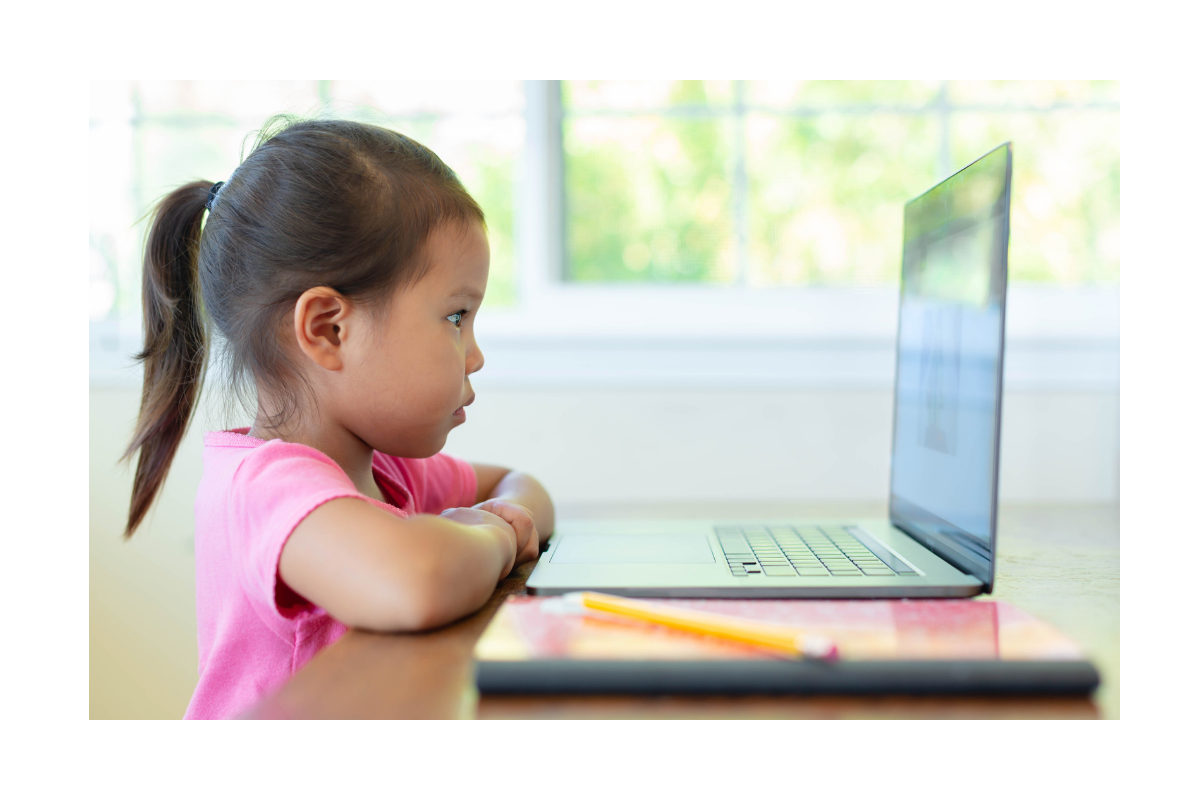We’ve probably all had experience with virtual learning in some form or fashion over the past year. As a parent, you may be wondering, “How will my child connect with his/her teacher in the same way they do at their brick-and-mortar school?” This can be challenging in any virtual learning environment (K-12, tutoring, accelerated programs, etc. Let’s take a look at how teachers, students, and families can build meaningful relationships in a digital world.
On way is to simply share pictures with your child’s teacher. Since your child’s virtual teacher may not get to see him/her every day, they would love to see what they are interested in and what is going on with their life. When teachers are with students virtually, there are many factors that are unknown. Sometimes teachers don’t even realize how tall their students are! Teachers who do this find that students love to let them into their lives. Teachers also like to share pictures of their adventures and family as well. This helps create a connection and helps students and teachers look into life beyond the screen.
Another effective strategy is just simply taking the time to talk. Now this is something that definitely has a time and a place. We don’t want students to think the class is more of a friendly phone call rather than a lesson. If you find that your child would benefit from this, consider talking to your child’s teacher. This may be able to be used before a lesson, after a lesson, or possibly a reward during the lesson. These opportunities are a little more difficult in a virtual environment because there typically aren’t any transition moments, such as walking into school or packing up for the day. Spending just a few minutes chatting can make such a big difference.
One of my favorite ways to build and sustain a relationship is to have an ongoing project at home by both the student and the teacher. For example, some teachers send out flower seed packets to children for them to plant at home. This brings a shared tangible activity to the class. During some of the lessons, the students get to show the growth of their flower to the teacher and other students. This creates a sense of community and belonging since everyone can participate.
Just like in a traditional school setting, students thrive on positive relationships. When the relationship is lacking, student engagement may be impacted as well. Students are more likely to work for a teacher if they actually know who the teacher is and know that they care.
How do your children maintain a good relationship with their virtual teacher! We would love to hear your thoughts below!




